Bucharest is a strange city. It’s one of the few I’ve visited where the Old Town was not my favourite part. Don’t get me wrong, there were parts that I liked a lot – the grand architecture, the humble Stavropoleos Church, and the incredible food I ate at Aubergine Restaurant – but the real beauty, in my opinion, lies beyond the city’s historical core.
It lies on quiet leafy streets, behind tall walls and imposing wrought iron gates, and amidst overgrown vegetation.
Every piece of architecture in Bucharest tells a story steeped in history.
But in order to fully appreciate Bucharest’s architecture, you’ll need to firstly understand a little of the city’s turbulent past.
A little piece of history
According to legend Bucharest was founded by a shepherd called Bucur (there’s actually a really cool hostel in the city called Bucur’s Shelter), but the first official mention of Bucharest was in 1459, in a document issued by the court of Prince Vlad the Impaler – the historical figure who was reportedly the inspiration for the character of Dracula.
By the end of the 17th century Bucharest was the capital of Wallachia (the region between the Carpathians and the Danube) and ranked amongst southeastern Europe’s wealthiest cities. Although it subsequently alternated between periods of development and periods of decline, its growth (and the fact that it was located on a major trade route between east and west) dictated that it was named the national capital of Romania in 1862.
King Carol I (born Prince Karl of Hohenzollern-Sigmaringen) ruled Romania between 1866-1914. He played a pivotal role in the defeat of the Ottoman Empire and in the country’s movement towards modernity. He even commissioned the construction of the beautiful Peleş Castle, one of the major tourist attractions in the country today.
The city flourished under King Carol’s reign. By the end of the 1930s Bucharest’s grand Neoclassical architecture and wide tree-lined boulevards had earned it the nickname of “Little Paris.” There’s actually an Arc de Triomphe (Arcul de Triumf) in Bucharest and the city’s Calea Victoriei was reportedly modelled on Paris’ Champs Élysées.
But Bucharest’s fortune was not to last. The city was bombed heavily by the Allies during WWII and suffered two major earthquakes in 1940 and 1977, resulting in the destruction of much of its beautiful pre-war architecture.
And then, along came powerful Communist dictator, Nicolae Ceausescu, who tore down many more of the city’s architectural masterpieces and replaced them with government buildings and utilitarian soviet-style structures that lacked individuality or imagination.
However not only did he destroy the fundamental aesthetics of Bucharest but he also altered the psyche of the Romanian people in a way that could never be undone. He suppressed free will and the freedom of speech and original thought, and ensured that his secret police, the Securitate, tortured, imprisoned, and brutally murdered those who refused to conform.
Nicolae Ceausescu ruled Romania from 1965 until the fall of the Communist regime in 1989. Although he and his wife were convicted of mass murders, and subsequently shot by a firing squad later that same year, they left behind a troubled nation who were trapped between a conflicted past and an uncertain future.
Bucharest today
In the 27 years since the fall of communism in Romania – amidst protests, riots and political corruption – Bucharest has been undergoing a steady process of modernisation.
Some of its communist-era buildings have been repaired and upgraded and others have been gutted and modified for new purposes. There are also countless modern glass-fronted hotels and office blocks that have been constructed alongside historic buildings.
And occasionally on top of them.
This (above left) is the Headquarters of the Union of Romanian Architects (found on the corner of Strada Boteanu and Strada Demetru Dobrescu) and is one of the most controversial structures in the whole of modern-day Bucharest.
Nowhere else have I witnessed the merging of ancient and modern in quite the same way as I did in Bucharest. This particular building may not be aesthetically pleasing but it is fascinating, eye-catching, and undoubtedly unique.
Although many of the period buildings in Bucharest’s Old Town have been refurbished or restored, venture a little further from the city’s historical core and one of the first things you’ll notice is decay. Cracked facades reveal crumbling brickwork beneath, rotting wooden doors hang tentatively on rusty hinges, and darkness lies behind every broken pane of glass.
Buildings that were once grand have become nothing more than a playground for nature. Vegetation spreads between every crack in the broken concrete like water, causing the structure to weaken as it takes hold.
But there is beauty in this destruction and decay. And it’s this intriguing juxtaposition that sparked my interest and imagination.
Introducing the Interesting Times Bureau
Interesting Times Bureau is a project developed by the Bucharest-based non-profit organisation, Asociatia Coolturala “Noua Ne Pasa!”
They employ a small group of local street artists, musicians, historians, and photographers to run a number of different tours around the city. You can explore Budapest’s street art and urban culture, its Jewish heritage or its Communist past, but the tour that appealed to me the most was one that they call “Beautiful Decay.”
As the name suggests, this tour explores the abandoned historical buildings and underground art culture of Bucharest, and was run by local photographer and urban explorer, Robert Casmirovici.
Beautiful Decay Tour
The starting point of our tour was much further from Bucharest’s Old Town than I’d ventured thus far, near Piața Romană. We had the option of making the 10-minute walk from our hostel to the metro station at Universitate (a route we’d taken many times before since arriving in the city) and catching the tube from there. Or we could walk the entire route, through the backstreets of the northeastern part of central Bucharest. If you’ve been reading this blog for a while, you’ll know which one we chose.
Google Maps anticipated that the journey would take just over 30 minutes on foot, so we factored in an extra hour in order to allow us time to stop somewhere on route for a spot of breakfast.
Away from the main roads we found a tranquil and unhurried side to the city that we’d begun to find in the streets surrounding our hostel, but that was distinctly lacking anywhere in Old Town Bucharest. Our route took us past ivy-covered buildings and impressive street art, and through verdant parks.
Parcul Grădina Icoanei was where we found the delightful Restaurant Gargantua, and a breakfast of croissants, smoked salmon, cream cheese and chives, and iced coffee.
At around 11am our group of six set out on foot from Piata Romana to explore a part of the city that’s home to some of the most interesting examples of how Bucharest’s past is reflected in the present-day.
Casa Macca (now the Vasile Parvan Institute of Archeology) once belonged to Petre and Elena Macca, a war hero and charity worker who were one of the most well-respected couples of the second half of the 19th century. The impressive structure – left to the Ministry of Education after their death – managed to survive two major earthquakes, and was subsequently ear-marked as the subject of a major restoration project, partially funded by investors from Cyprus and Norway.
However like many projects of this kind, it was abandoned in 2001 due to the escalating financial costs. There is a wonderful loft space with a partial glass roof that had been designed to showcase the artefacts now residing in the overgrown garden below. The roof is leaking, and with no money available to repair it this beautiful building (like many others throughout the city) may soon be condemned.
Many of Bucharest’s historic buildings that now lie abandoned were once owned by the city’s elite. But when the Communist party came into power one of the first ideas they implemented in 1945 was the “nationalisation” of residential real estate, which meant that homeowners were forced to sign the deeds of their properties over to the state.
Even today, over 20 years since the fall of Communism, descendants of the original owners of these properties are still struggling to get their homes back. And those who have succeeded can not afford to repair the damage caused by 70 years of neglect, overuse and dilapidation.
Another building that was nationalised by the Communist state was Monteoru House, a beautiful villa built in 1874 that was used as the Romanian Writers’ Headquarters for over 60 years. An heir of the Monteoru family successfully managed to reclaim the property back in 2013, and although the house (some say it’s haunted) is yet to be renovated, the gardens have been transformed into an open-air bar and chill-out area that hosts live music and cultural events.
Maybe one day the success of Terasa Monteoru will afford the owners an opportunity to return the inside of the house to its former glory.
The next part of our Beautiful Decay tour took us back to the late 1800s (a period in time known as Bucharest’s “Golden Era”) and the construction of hidden passageways.
These were designed to link the banking district with Bucharest’s Old Town, allowing ease of movement through the city.
Whilst many of these passageways (like the one above) have been given a new lease of life and now house quirky cafes and restaurants, colourful street art and creative art installations, the one Robert was most keen to shown us was the “English Passage” – or Pasajul Englez
This particular passage was built by a jeweller in 1855, and subsequently sold to an entrepreneur in 1885, who transformed it into a hotel with rooms aligned along two balconies framing a long, narrow thoroughfare.
However it was a cheap hotel and never really managed to compete with its better quality counterparts, so after some years it was closed down and the building became a brothel. Communist forces made prostitution illegal in 1947, so since then the rooms have been offered for private rent, but with limited space and lack of modern comforts, the passageway manages to retain a certain degree of the unwholesome status that it promoted for many years.
We had just enough time to grab some blueberries from the local farmer’s market nearby before jumping on the tube and heading out to Sector 3, on the outskirts of the city. A short walk from Nicolae Teclu (the penultimate stop on Bucharest’s M3, or red line) is the abandoned chemical factory, Chimopar.
Founded on 1 May 1896, Chimopar is the oldest chemical factory in Bucharest, and was once used to manufacture gunpowder. Although parts of it are still in operation (primarily for technological research and the production of fertilisers), countless buildings have been left to weather and decay since the factory’s privatisation in 1999.
Local artists come here to make their mark on the crumbling walls, and photographers and film-makers have used the site to shoot music videos and even wedding photographs.
Fascinating by its isolation, and offering a unique mix of green space, urban grit, and creative expression, Chimopar provided the final jigsaw piece to our Beautiful Decay tour and thus our visual journey through Bucharest’s history.
And it was a journey I’m very glad I decided to take. Thanks ever so much to Michael from Just A Pack for the recommendation!
If you’re interested in history, architecture, or photography (or a combination of all three) then this tour is definitely one not to miss if you’re visiting the city.
Practical Info
- You can book this tour or any of the other nine tours run by the Interesting Times Bureau here.
- Duration of the tour is listed as four hours, but the guides don’t seem too fussed about sticking to schedules – ours ran for around five!
- Current cost of the tour per person is £30.09.
- Meeting point is Piata Romana; no set drop off point – we finished the tour at a bar in Bucharest’s Old Town.
Where we stayed in Bucharest
- Book-a-Rest Hostel at the start of our trip. It’s located in a lovely leafy neighbourhood just a 10-minute walk from Bucharest’s Old Town and is run by a wonderful bunch of people who go out of their way to make you feel at home. There’s also a nice little bar/restaurant right next door. We paid £9.27 per night for a double room with private bathroom. Book here with Booking.com
- Antique Hostel at the end of our trip. Fantastic location right on the edge of the Old Town. Rooms are spotless and huge and ours had a lovely little balcony overlooking the river. We paid £13.19 for the room below with a shared bathroom. Book here with Booking.com
PIN ME!!!

If you like this article, please share it on social media using the share buttons at the top of the post. Alternatively you can follow along on Facebook, Twitter, or Google+ or you can look me up on Instagram or Pinterest too!
**Some of the links in this post are affiliate links. All this means is that if you make a booking through one of the links I have provided, I will earn a small commission as a result but the cost to you will remain exactly the same**


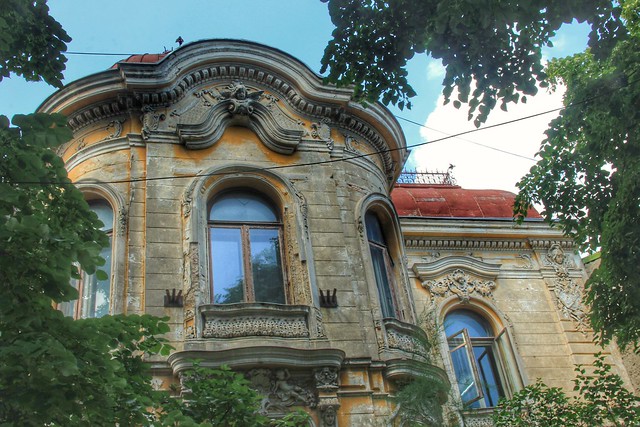
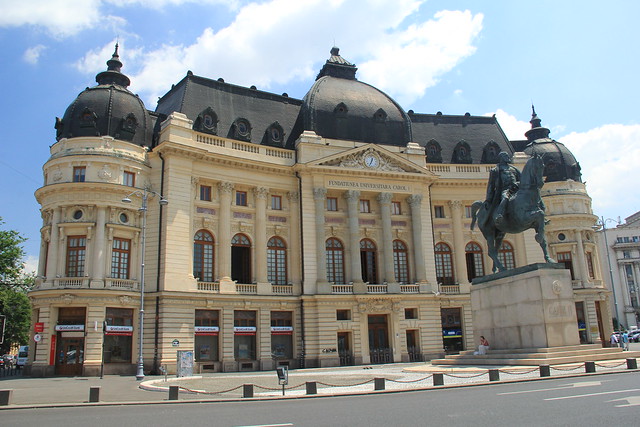
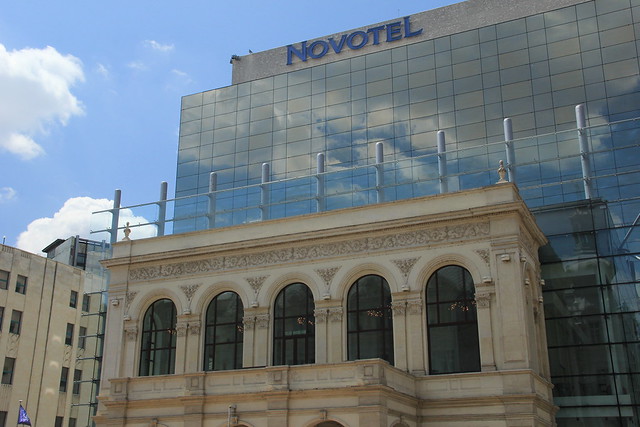

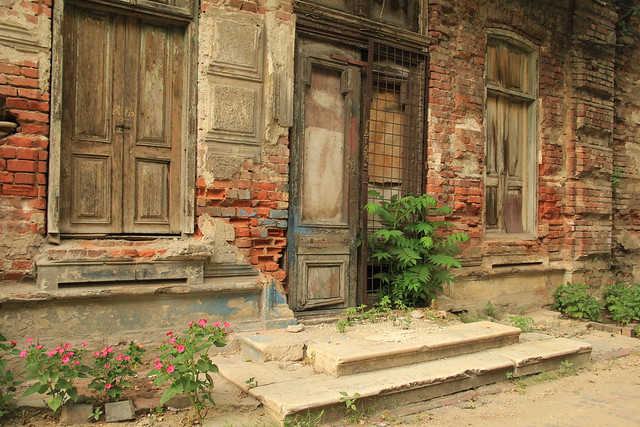

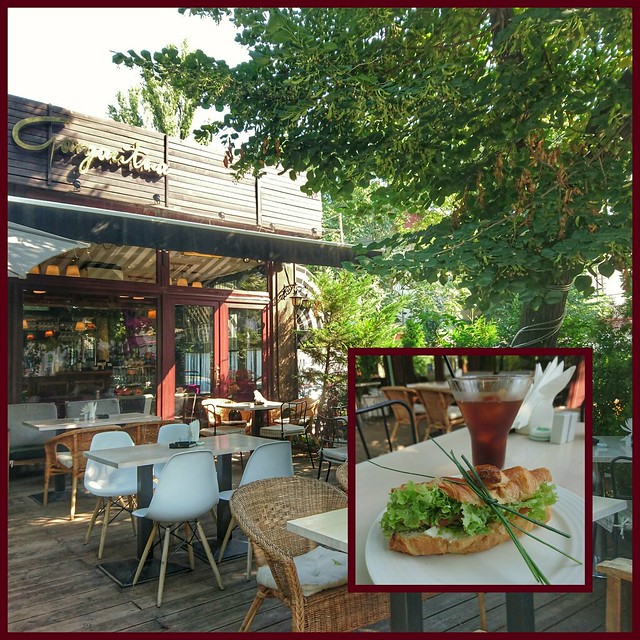

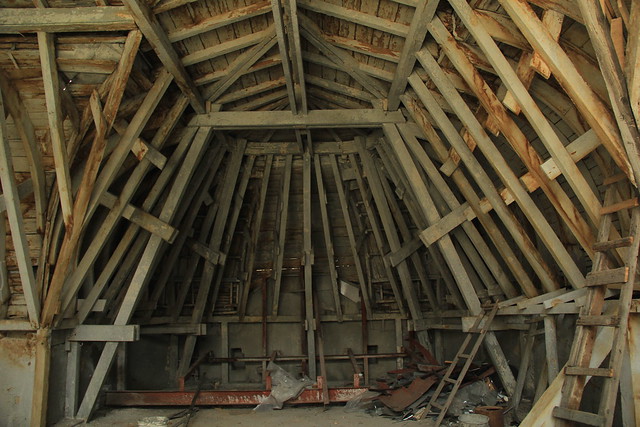
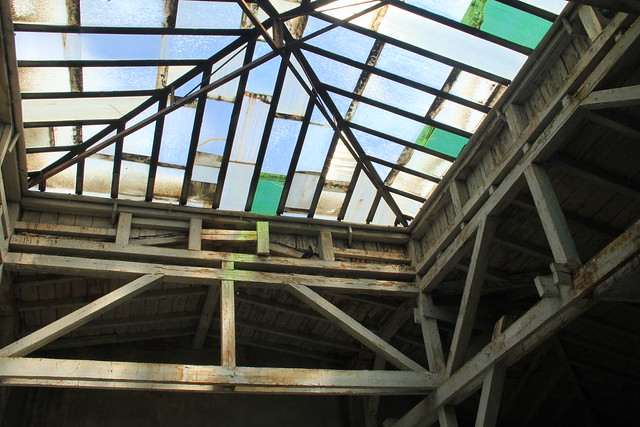
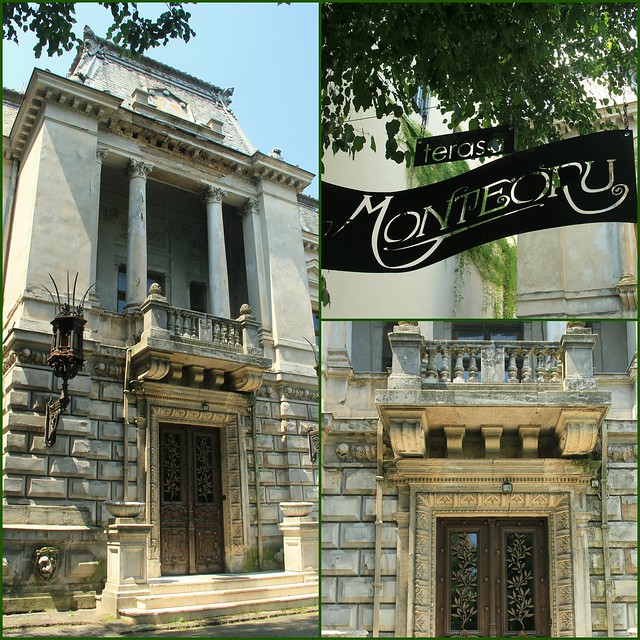
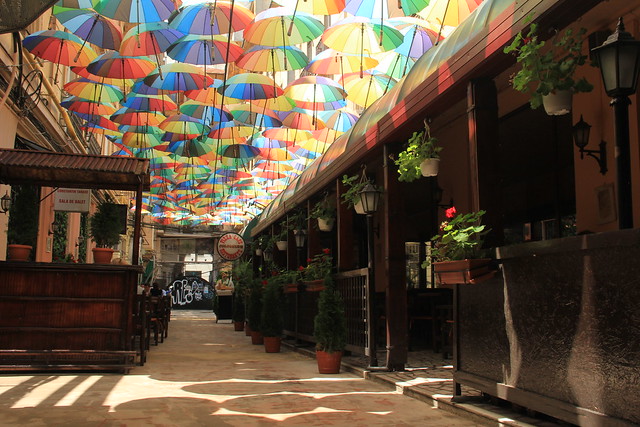

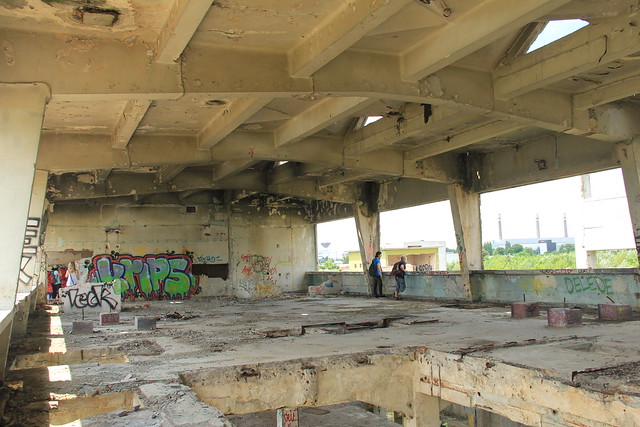
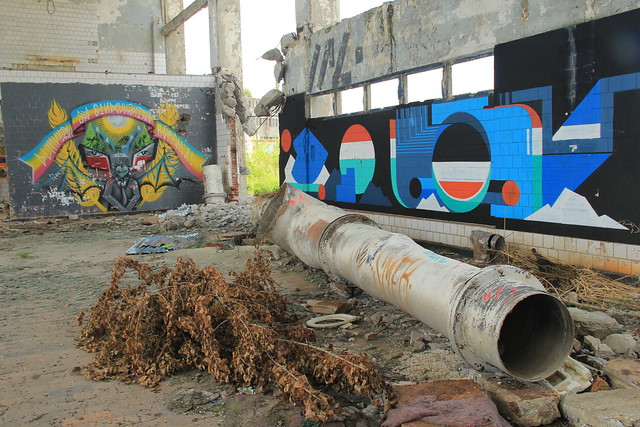

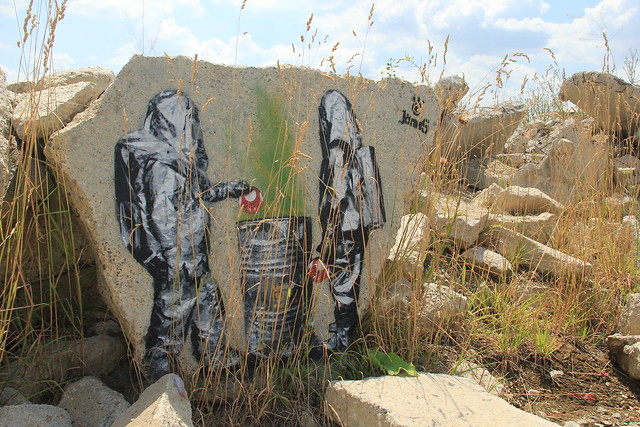

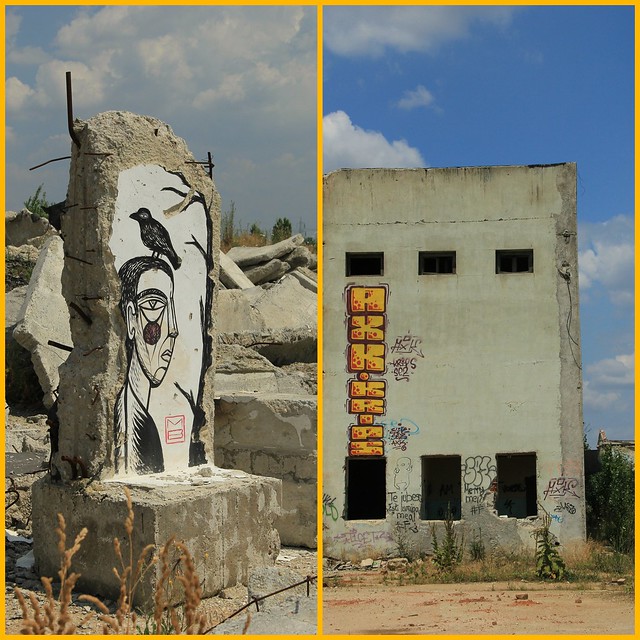
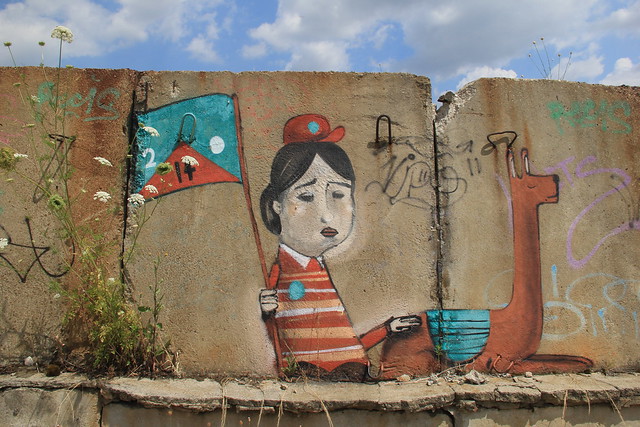
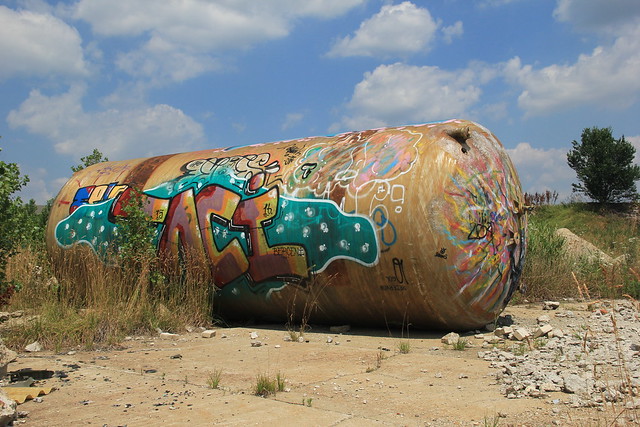
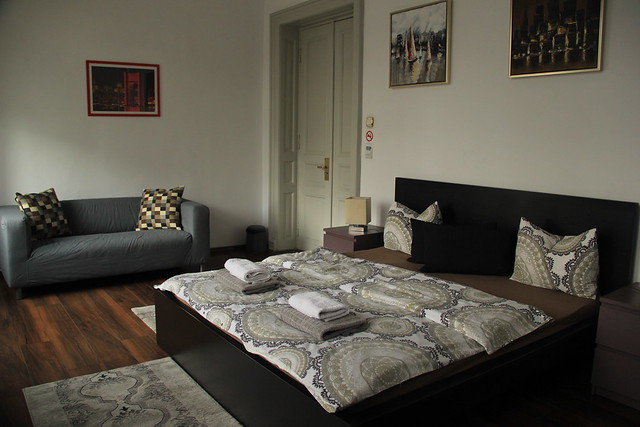
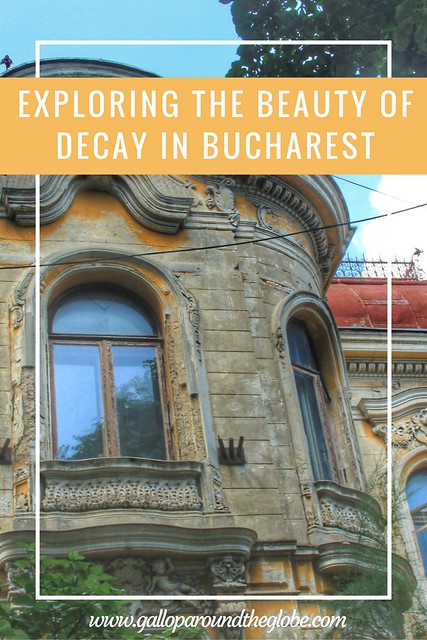





2 Comments
I thought Bucharest was such a fascinating city. Romania in general was a great country to visit!
I totally agree! I’d love to explore more of Romania beyond Bucharest, Brasov and Sibiu 🙂